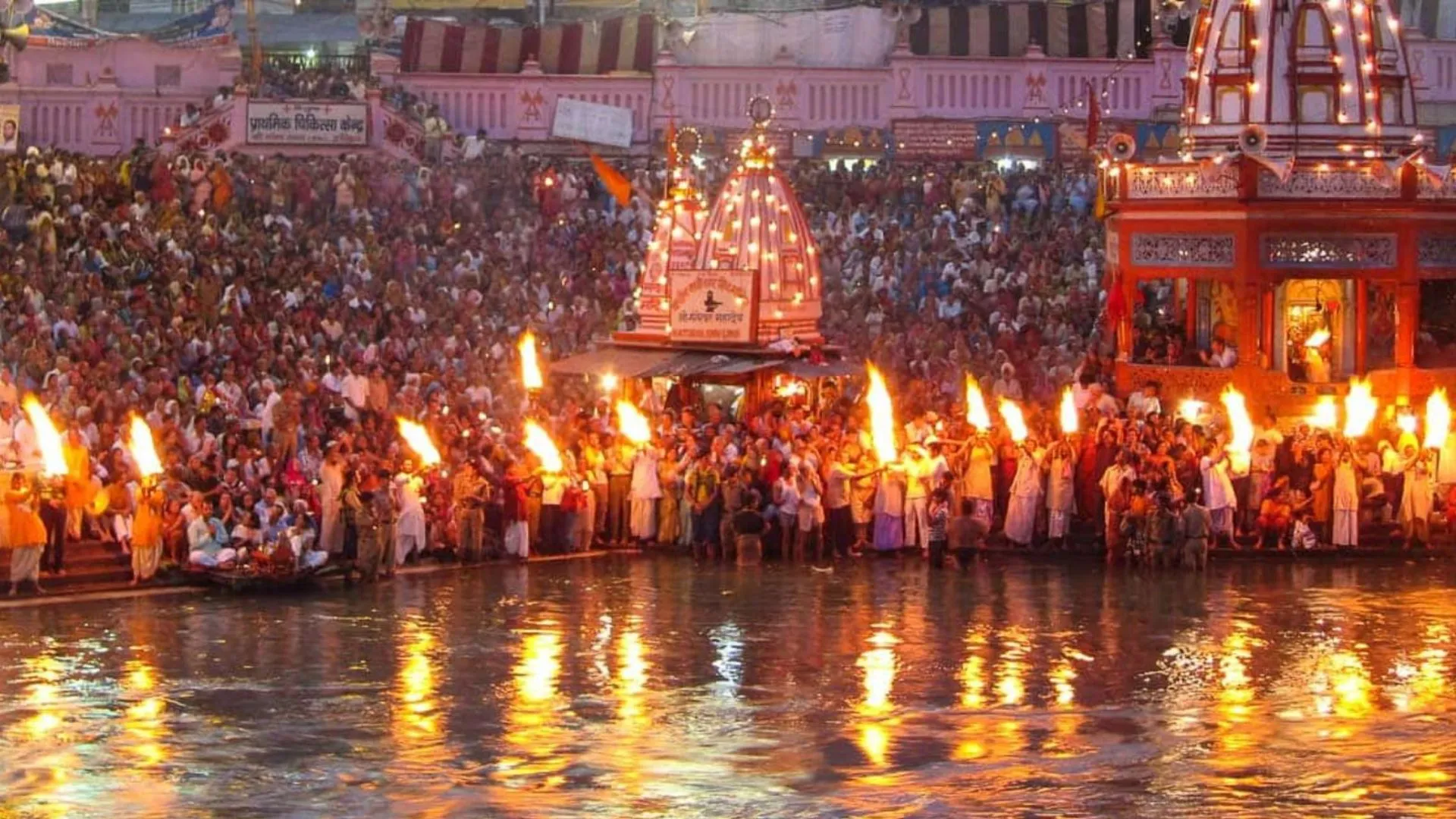The world’s largest religious festival, the Maha Kumbh Mela, has commenced on the banks of the sacred Ganges River in Prayagraj, India. Millions of Hindu devotees have gathered for this spiritual event, which is celebrated as the “festival of festivals” in the Hindu calendar. This year’s Maha Kumbh Mela is particularly special, marking an event that occurs only once every 144 years, coinciding with a rare celestial alignment of the sun, moon, and Jupiter.
A Historic Gathering of Devotion
The Kumbh Mela, held every 12 years in rotation among four sacred Indian cities—Prayagraj, Haridwar, Nashik, and Ujjain—has drawn over 400 million attendees this year, the largest in its history. The festival spans 45 days, running until February 26, with a vibrant mix of sadhus (holy men), pilgrims, ascetics, and tourists participating.
Prayagraj, located in Uttar Pradesh, holds a special significance due to its Triveni Sangam, the confluence of the Ganges, Yamuna, and the mythical Saraswati rivers. Bathing in these waters during the Kumbh Mela is believed to purify the soul and cleanse one’s sins, with specific days known as shahi snan (royal bathing) drawing massive crowds.
The Mythological Roots of Mahakumbh
The origins of the Kumbh Mela trace back to Hindu mythology, particularly the legend of Samudra Manthan (churning of the ocean). According to ancient scriptures, drops of the elixir of immortality fell from Lord Vishnu’s urn (kumbh) at four locations—Prayagraj, Haridwar, Nashik, and Ujjain—making these cities sacred. Each of these locations has hosted the Kumbh Mela for centuries, but the Maha Kumbh in Prayagraj is considered the grandest and most significant.
The lead-up to the festival has been marked by colorful processions, as 13 akharas—ancient monastic sects of warrior sadhus—arrived from across India. Historically, fierce rivalries among the akharas have led to violent clashes over the right to bathe first during the festival. However, in recent years, efforts have been made to maintain peace and order during the event.
Mahakumbh’s Religious and Political Significance
The scale of this year’s Maha Kumbh Mela surpasses all previous iterations, reflecting not just its spiritual importance but also its political significance. Under the leadership of Uttar Pradesh Chief Minister Yogi Adityanath, a hardline Hindu monk, and Prime Minister Narendra Modi, the festival has become a symbol of Hindu unity and pride. The government has invested more than ₹70 billion (approximately £670 million) in infrastructure, sanitation, and promotional efforts for the event.
Despite the grandeur, the festival has drawn criticism for alleged communal polarization. Reports suggest that Muslim vendors were barred from setting up stalls, and Muslim taxi drivers were told not to serve Hindu pilgrims. This has sparked concerns about religious tensions during the event.
A Call for Harmony
Mahant Durganand Brahmachari, a senior priest at the festival, condemned any attempts to create divisions. “The Kumbh Mela is a great convergence of humans, gods, and our sacred rivers,” he said. “What bothers me this time is how some people are trying to polarize the atmosphere on communal lines. There has to be peaceful coexistence, and hate should have no place.”
Modern Innovations for Mahakumbh’s Ancient Festival
To address logistical challenges and enhance the experience for millions of attendees, digital innovations have been introduced. The Kumbh Mela mobile app provides navigation for the 40-square-kilometer festival area, which includes temples, bathing spots, food stalls, medical tents, and missing persons booths. An AI-powered chatbot available in 11 languages assists pilgrims with logistical and spiritual queries.
For safety and security, pilgrims are equipped with radio frequency wristbands to help locate those who may get lost in the massive crowds. Thousands of drones, both underwater and aerial, are being used to monitor movements and ensure security. A spectacular light show featuring over 2,000 drones narrates tales from Hindu mythology, adding a modern touch to the ancient tradition.
Mahakumbh: A Spiritual and Cultural Spectacle
The Maha Kumbh Mela is not just a spiritual gathering but also a celebration of India’s rich cultural and religious heritage. As millions of devotees take a holy dip in the Ganges and participate in rituals, the festival underscores the enduring power of faith, community, and tradition. While challenges remain, the grandeur of this year’s event reaffirms its significance as one of the world’s most remarkable religious festivals.




